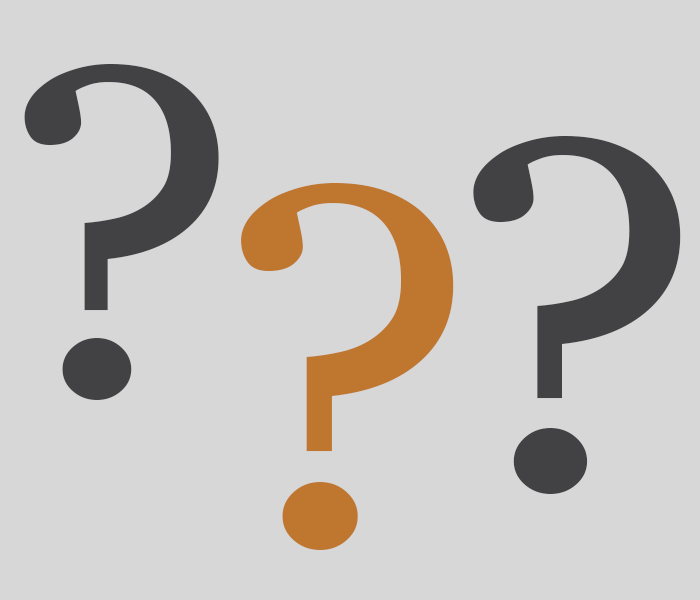
Everyone you ask has an opinion on which firearm is best for Concealed Carry. Some will name brands, some will name models, some will suggest that autos are better than revolvers. Those who know what they are talking about will say there is no one perfect handgun. This is true. No two people are the same, so why would there be only one perfect handgun to carry?
In one of my classes, I asked a student to bring her S&W Bodyguard 38 to class when we were discussing different types of handguns. Every woman in the class wanted to shoot it at the range. By the end of the day, the only one shooting the little revolver was the woman who owned the gun. It’s not a bad gun, it just was not for everyone. No gun is. Don’t be discouraged though. There are things to look for when choosing the perfect carry gun for you. We will talk about size, caliber, fit, and cover.
My good friend, Steve, used to carry a snub nose 38 in his front pocket and a full size 1911 on his hip and no one noticed, not even in church. I could not do that, but I have carried a Walther P99 in a 5.11 holster shirt and have a guy look right at me and say he didn’t think anyone was carrying concealed on the jobsite. When it comes to concealed carry, size matters. Size matters in the weight of the gun, in the size of the grip, and even just the bulk of the gun. Not everyone’s hand will fit around a double stack Glock G30. I know some whose hands are too big for a KelTec P11. Take your time and look for a gun that is comfortable in YOUR hand, not your husband’s, not your neighbor’s, or your grandfather’s hand. This is your handgun; it should fit you. Find a handgun that is comfortable to carry all day and easy for you to conceal. This is not a quick trip to the gun store where you will be back home in an hour. This is going to take a lot of time researching, picking up guns, and actually trying them out.
Why did I not start with caliber? I do feel caliber is important, but I’m not one to say everyone should carry 45acp and only in a 1911. My co-founder, Gordy, and I decided before our first class ever took place that we would not tell students which caliber to carry, just what caliber not to carry as a primary concealed carry handgun. We set our threshold at .38 or 9mm and above for our primary carry gun. I repeat, primary carry handgun. We will discuss BUGs (Back-Up Guns) and smaller calibers in another article. I know new ammunition is coming out daily and that ballistics of ammo is constantly changing, but for this article we will stay with this threshold. Our reasoning is that a .38 or 9mm and above are all capable of substantial wound tracks that will allow the threat to be stopped sooner. After all, stopping a threat to you or those around you is the reason you carry. This said, you should always carry the largest caliber you can skillfully handle in the handgun you intend to carry. This could vary in the type and style of handgun you carry. So choose well.
That brings us to fit and cover. These two go hand in hand. Fit could pertain to how the firearm fits in your hand while shooting, but also how the firearm fits on your body and clothing. This is a piece of metal, or combination of polymer and metal, that will be with you all day and night, every day and night. Although there are many ways to carry concealed, there are only so many places to carry on your body: between the shoulders, under the arm, on the waist, on your leg, or on your ankle. We will talk about these options in later articles. Before buying a conceal carry handgun, you will need to consider where you are going to carry and how this will affect your wardrobe and lifestyle. You will learn that you either dress around your handgun or you won’t carry it. I know several people who got their CPL license and bought a handgun to carry only to leave it at home because they don’t like how it makes the line of their clothes look. “It looked good when HE wore it in this movie, but it just sticks out when I wear it”. People in movies don’t walk around all day with a handgun strapped to their side, only in the scenes where it will be seen. Decide how you are going to carry it in the beginning, although this might change later if it doesn’t work as planned or your activities change. Figure out how you will dress and what will be needed to keep your new handgun concealed.
After a lot of research and thought, you decide you are ready to buy your handgun. You now know what you are looking for in a gun and which questions to ask at the gun store with size, caliber, fit, and cover in mind. It will make you a more informed consumer and more in control when you go to the gun shop and the guy behind the counter tries to sell this month’s special or tries to impress you with his knowledge and opinions.